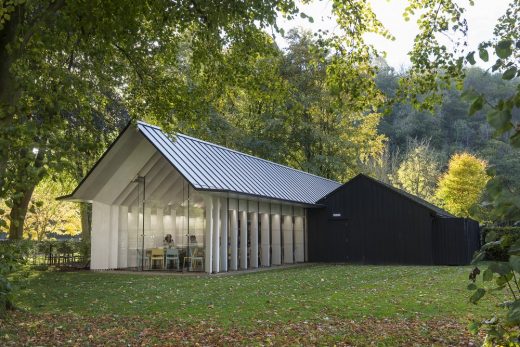Most Important Buildings In England Analysis, Best British Architecture Design, Property
Analyzing The Most Important Buildings in England
British Building Construction: England, Scotland, Wales & Northern Ireland Architectural Article
5 August 2019
Analyzing The Most Important Buildings In England, UK
England is one of the most mesmerizing places in the world. It is full of history and the scenery will leave your jaw on the floor.
While England and America have a lot in common, English heritage is unique in its own way. When you travel to England, you’ll be able to see some amazing architectural works. So, what are the most amazing and important buildings in England? You’ll find out in the guide below.

image courtesy of article provider
Westminster Abbey
At one time, Westminster Abbey was known as the Collegiate Church of Saint Peter at Westminster. The Gothic abbey church is found in London. The building itself was originally built in 960.
Of course, it has gone through many changes since that point. In 1042, Edward the Confessor started the process of rebuilding the abbey. After 1550, the country went through turbulent times. Money that was meant to be used for the abbey was actually given to St. Paul’s Cathedral. The Western Towers were built between 1722 and 1745. During the Second World War, the building suffered minor damage. The building was restored after the war ended.
You have probably seen this amazing structure on television a few times. After all, it was used for Princess Diana’s funeral in September of 1997. Pope Benedict XVI made history by being the first pope to set foot in the abbey in September of 2010. There is a good chance that more history will be made here too.
Rievaulx Abbey

photograph : Giles Rocholl Photography
The Rievaulx Abbey is found in North Yorkshire. While it is mainly in ruins, it is still one of the most amazing structures in England. It was built in a remote area by Cistercian monks.
In the early days, the abbey was built around a self-sufficient community. In the 1530s, it was actually suppressed by Henry VIII. However, its remote location prevented it from being destroyed. This is really the only reason that it remains standing today. The build was based on the Gothic style. In fact, it is credited with help developing the Gothic architectural style that everyone is so familiar with today. That style remained dominant in Britain for 300 years.
King’s Beach Walk
James I did a lot of great things for London. Most of those things have been forgotten. However, the new type of house that was developed under his rule has remained.
At the time, it was referred to as a row house. Today, most people recognize it as a terrace. The houses along King’s Beach Walk in London was built from brick from the 1620s. These houses were the backbone of the city after the devastation of the Great Fire of London. Sadly, most of these houses have disappeared or have been altered in one way or another.
However, their development managed to make a big impact on London’s architectural scene.
A&G Murray Mills
If you find yourself in Manchester, you will want to stop by the A&G Murray Mills building. Britain completely revolutionized its industrial revolution after 1830. During this time, the country started using coal-fired steam engines.
At the time, Britain ruled the world. They did so with the help of urban factories back home. A&G Murray’s mills set the standard during that time. After all, all of the manufacturing processes in these factories were powered by steam. These mills helped power Britain’s economy back in the day and that was a feat in itself. After all, it was the largest economy mankind had ever seen.
Liverpool Roadway Railway Station
While you’re still in Manchester, you’ll want to stop by the Liverpool Road Railway Station. This is a pretty simple building on the surface. After all, it looks modern. However, you will notice one thing right from the beginning.
The building is reassuring. This was not a mistake. The architects designed it this way to provide consumers and investors with reassurance at the time. Without this type of building, investors and ordinary people might have been skeptical of railways.
In return, they might have failed. With this in mind, the modern railroad system has been successful because of buildings like this. Without them, there is a good chance that railways would not be around today.
Building Articles
Comments / photos for the Analyzing The Most Important Buildings In England page welcome

